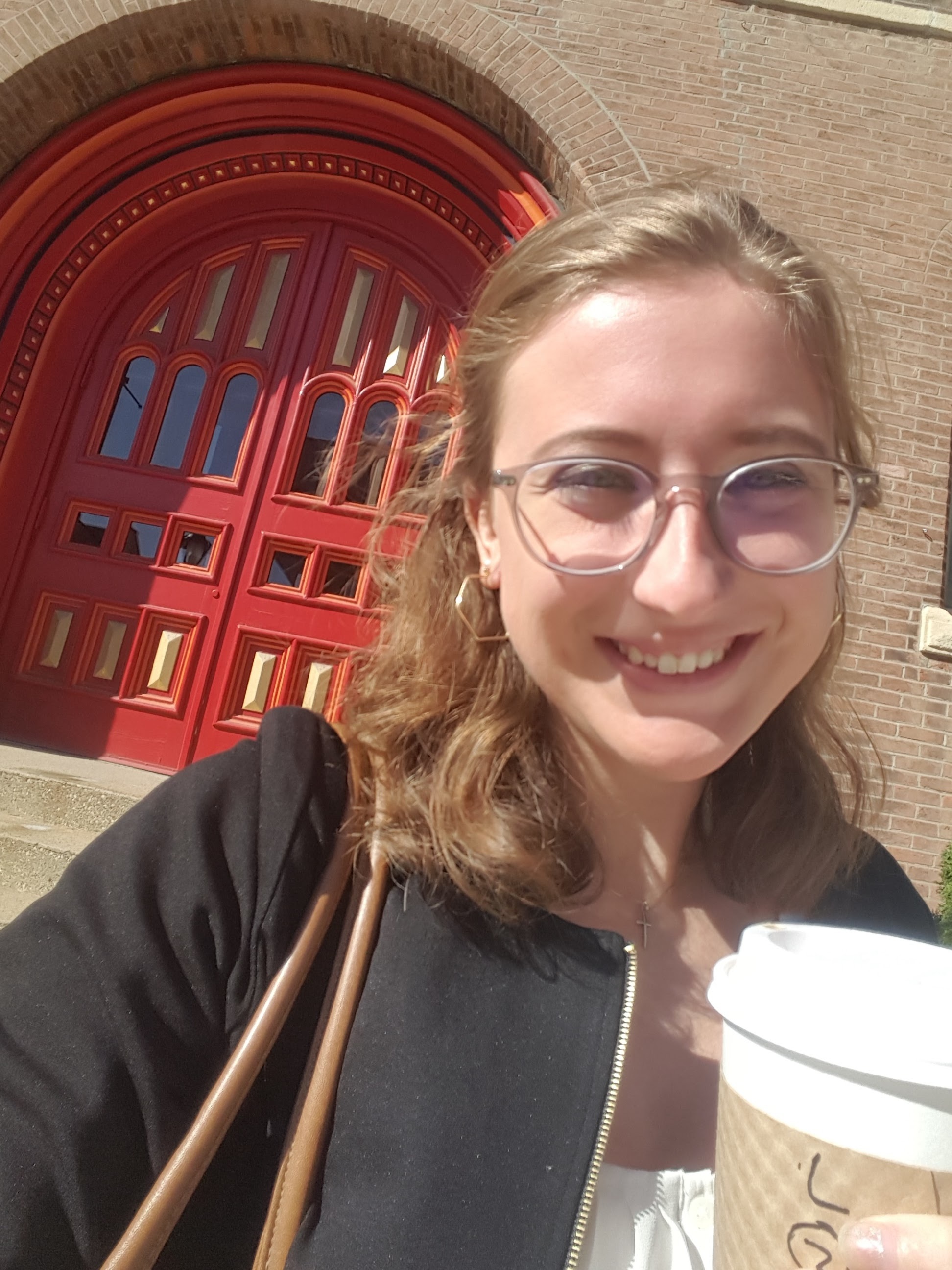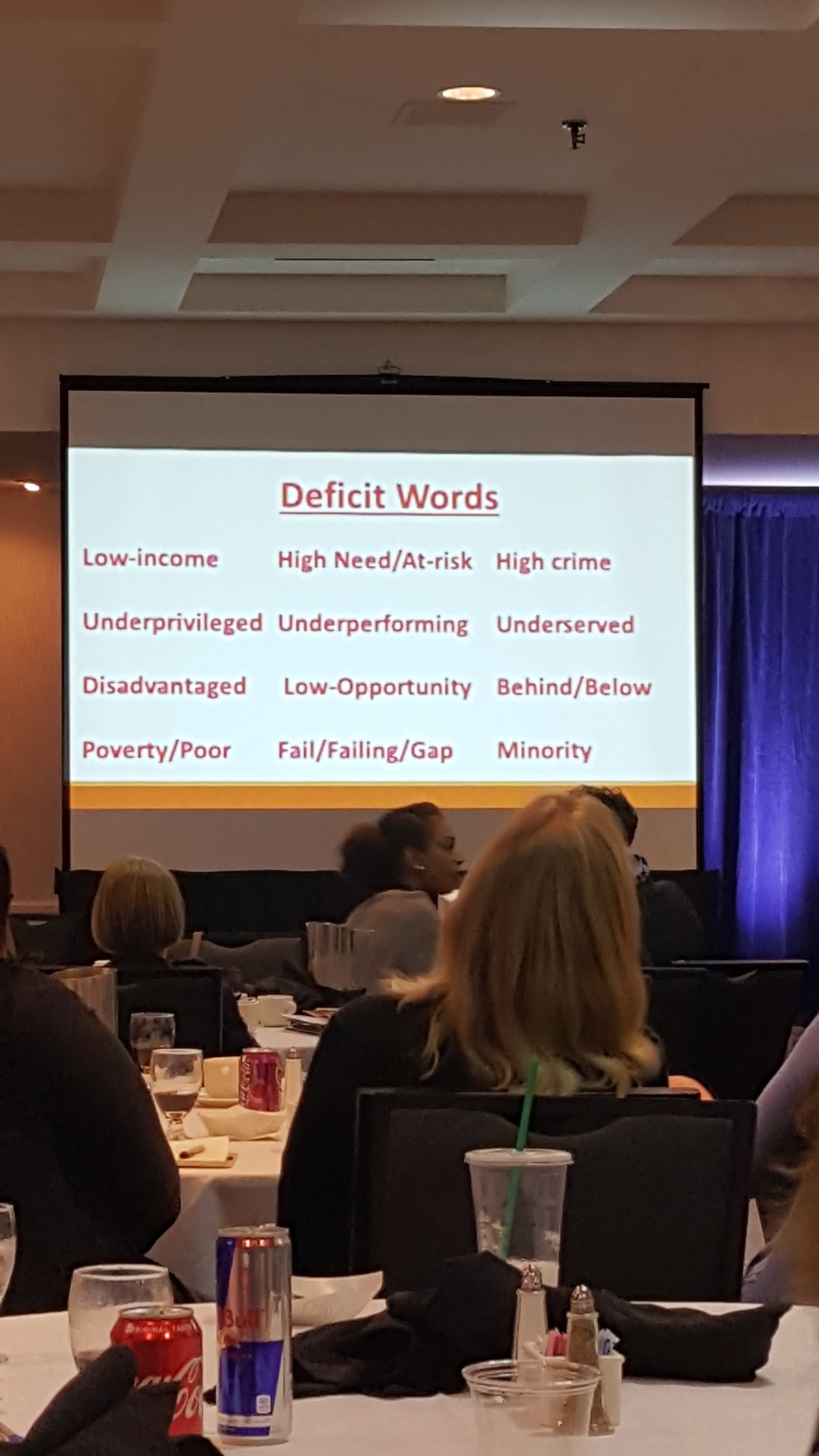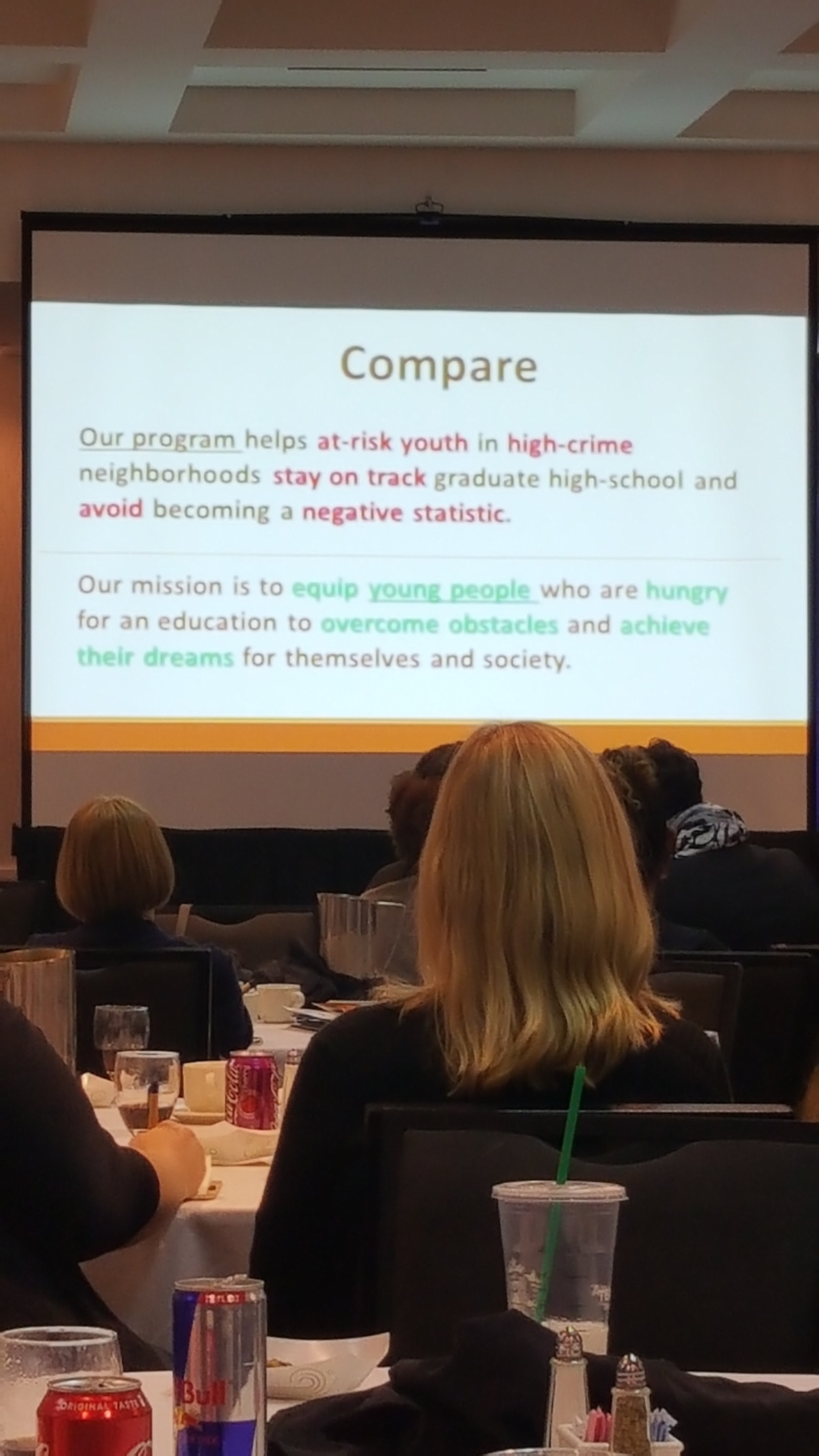By: Delaney Buenzli, Program Coordinator
How many times have you seen a commercial for a nonprofit that made you feel bad for the helpless people or animals shown while a sad song plays in the background? Probably one too many times.
In September, I attended Forefront’s Bridging the Divide conference designed to bring nonprofits of all kinds (grantors and grantees) together to collaborate, share, and grow as a community. One of the most powerful sessions was led by BME Managing Director, Benjamin Evans. The session focused on asset mapping, which is also part of Allow Good’s School-Based program, and the importance of crafting an empowering organization narrative.
For mission-driven organizations, it is paramount to have a clear vision statement and narrative to guide your work and your outreach. Every story needs a hero, but your organization is not that. Instead, make your organization about highlighting the success of individuals and showcasing the real heros, the people who are taking control of their lives by utilizing your organization’s program and services!
Although many nonprofits offer free services to those in need, the services we offer are not free to provide. Everything comes at a cost; as a sector, it is important that we ensure that people who utilize our services are retaining their dignity in the process. We should always define our mission and vision in terms of assets and positive outcomes. A good litmus test is to read your mission statement or program description and ask yourself, “How would I feel to be defined by this statement? How would I feel if the person in our promotional materials was my brother/sister/neighbor/friend?”
Language that defines people by their circumstance often dehumanizes them; always recognize the humanity of your participants first and foremost. An organization does not serve “the homeless”, they serve people who do not have permanent housing. We should strive to make sure that the people who use our programs or services are empowered; instead of using the word “victim”, use a term like “survivor” because it gives people power to move forward and control their personal narratives.
Allow Good’s mission is to empower all youth through the tools of philanthropy to take meaningful action in their world. We refer to youth as changemakers, conferring a sense of responsibility and validating the ability of young people to make a difference in their community today. Our School-Based program is student led and directed. Over the 12 week course, young changemakers are given the tools to evaluate, research, and interact with community organizations working on local social issues eventually culminating in a $1,000 grant awarded by each classroom. The only restriction that we put on the grant is that it must go to a 501(c)3 recognized organization. The high school students are given full responsibility for the process including issue focus, research, evaluation, and the final decision. Throughout the program we emphasize a concept called the “philanthropic portfolio” of skills which consists of 4 Ts: Time, Talent, Treasure, and Ties. Through this concept we encourage students to be philanthropists by sharing their unique Ts with the community, emphasizing that not all philanthropists have to be millionaires. As a part of our grant application, we ask that organizations share opportunities for youth involvement. This gives students a sense of what they can do in their community and engage with an organization that matters to them, even if they are not chosen as the final grant recipient. The last element of our program is a grant ceremony, which serves as a platform for students to explain their process and celebrate the work of the grantee. The ceremonies are open to the community and allow other students to learn about the program.
You can make sure your organization is empowering people instead of victimizing them by:
Evaluate Mission and Marketing. Make sure that your mission and marketing focus on the assets of your target audience; ask your marketing team: “Are we making the participant the hero of the story? Are we portraying people with dignity?”
Give Responsibility. Give your participants a platform to contribute to their learning and success. Be creative! This could be a blog for student voices, an internal mentorship or accountability partner program, or building more opportunities to exercise choice into programs.
Re-Evaluate. Take the time to look over your promotional materials once a quarter to ensure that your materials follow your mission and vision.




